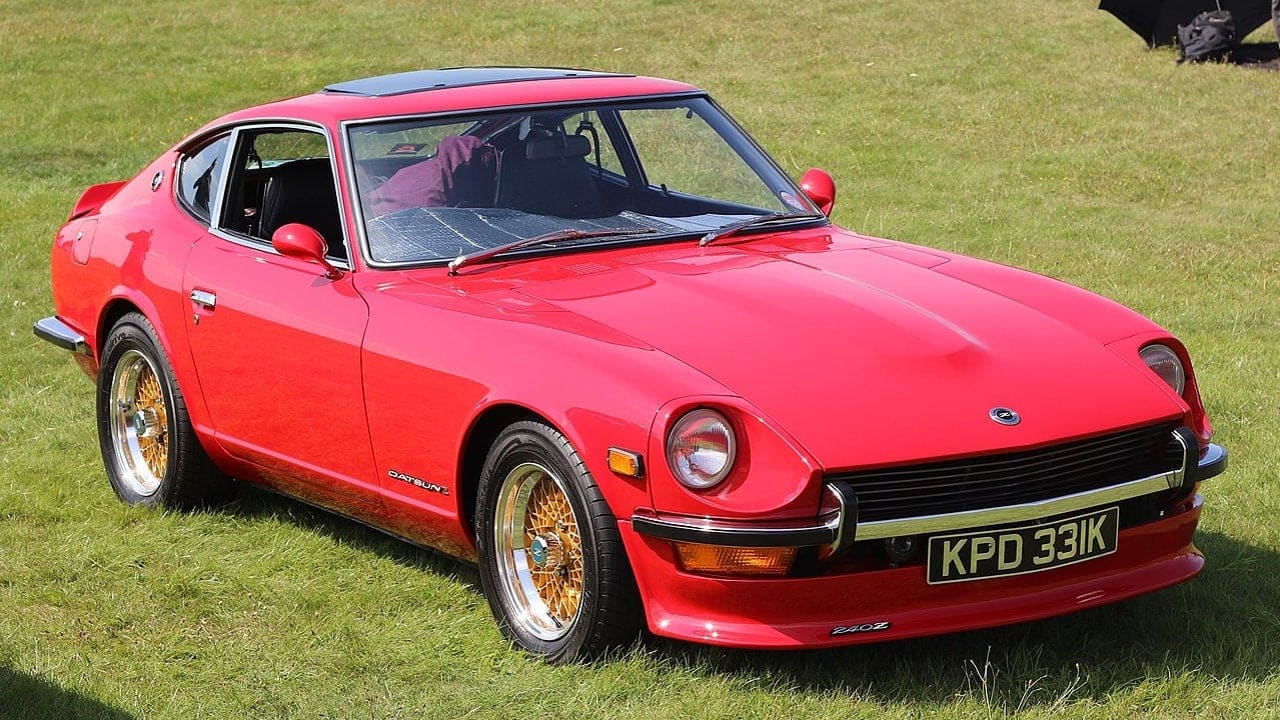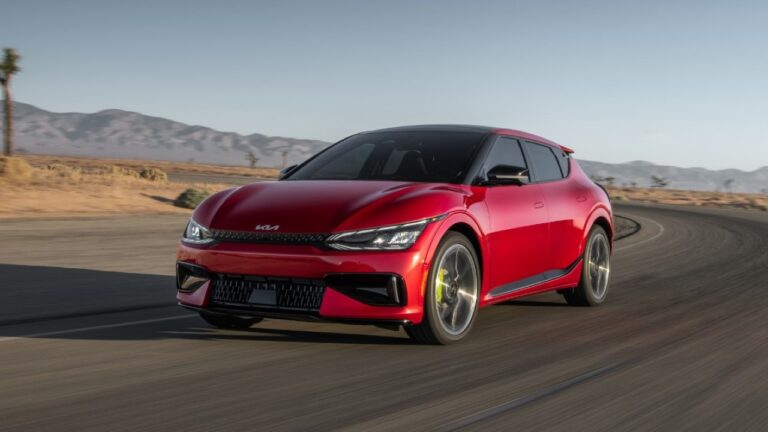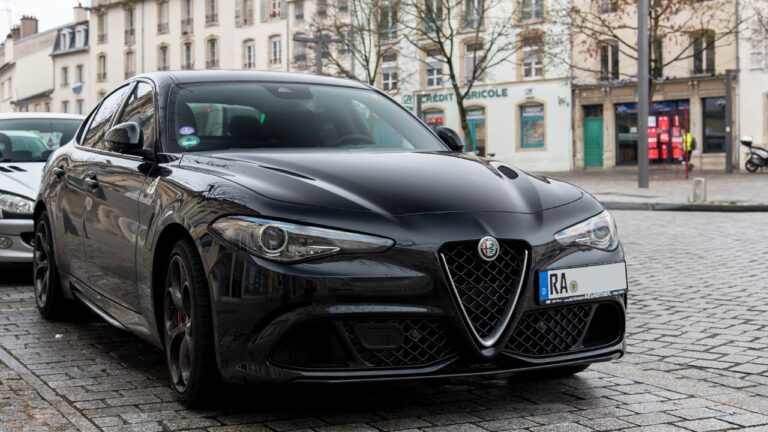13 Iconic Cars That Redefined the Auto Industry

The Benz Patent-Motorwagen from 1886 is generally considered the first practical automobile.
Since then, the automotive world has come a long way, and several models have redefined the industry by introducing new tech or groundbreaking designs.
This list is by no means exhaustive, but these are 13 of the most iconic models that changed how we view cars.
Ford Model T

There’s no point beating around the bush, so let’s just start with the most obvious car on this list. When Henry Ford introduced the Model T in 1908, he revolutionized the entire automotive industry.
It wasn’t so much the car itself that was revolutionary as the fact that it was built on a moving assembly line, which meant it could be mass-produced. Ford passed on the production savings to his customers, and the Model T was an affordable car for the people.
Volkswagen Beetle

Like the Model T, the Volkswagen Beetle was another people’s car — quite literally, as Volkswagen is German for People’s car. Its origins are sketchy, as it was conceived in the 1930s when Adolf Hitler decided there was a need for it.
Production didn’t start until the war ended, and the Beetle, designed by Ferdinand Porsche, became a huge hit. Over 21 million units were built, and it remained in production in Mexico until 2003.
Jeep CJ

Willys–Overland, the major Jeep manufacturer during WWII, started working on the civilian version in 1944 to have it ready by the time the war ended. Introduced in 1945, the Jeep CJ, or Civilian Jeep, was a direct descendant of the military Jeep.
The CJ became the first mass-produced 4×4 for civilian use. Thanks to its rugged design and off-roading abilities, it quickly became the go-to vehicle for adventure-hungry Americans. Today, virtually every carmaker worth its salt makes an SUV, but the Jeep CJ was the one that laid the foundation.
Ford Mustang

Ford launched the Mustang in 1964, and the “secretary’s car” single-handedly created a whole new segment — the pony car. Pony cars were smaller and usually less powerful than muscle cars but were just as cool and stylish.
The Ford Mustang is the world’s best-selling sports car, with over 10 million sold. It’s also the only pony car that’s been in continuous production since its introduction. Throughout this period, it’s been a symbol of American culture and performance.
Mini Cooper

The Mini was introduced in 1959 and immediately became a style icon. Designed by Sir Alec Issigonis, it had an innovative layout with a transverse engine and front-wheel drive to maximize interior space.
It wasn’t just a cool little car, though. It was a real performer in the right hands, as Paddy Hopkirk proved when he took the overall win in the Monte Carlo rally behind the wheel of a Mini Cooper in 1964.
Lamborghini Miura

Ferruccio Lamborghini, founder of the famous exotic car brand that bears his name, wasn’t too keen on building the Miura. He didn’t think it would sell but commissioned Bertone to build a body for promotional purposes. Luckily, he was proven wrong.
Unveiled in 1966, the Lamborghini Miura is often credited as the first supercar, and it was the first production car with a mid-engine layout. The Miura became the brand’s flagship model and the predecessor of other iconic V12-powered Lambos, such as the Countach and Diablo.
Datsun 240Z

Datsun took aim at European sports carmakers when it introduced the 240Z in 1969. It was cheaper than British sports cars, more reliable, often better equipped, and looked just as good. Both journalists and owners gave it raving reviews, which generated long waiting lists.
Datsun also had a growing dealer network, which wasn’t the case for most imported sports car brands, so they could ensure easy purchase and maintenance. The 240Z is one of the cars that broadened the acceptance of Japanese cars beyond the basic economy models.
Audi Quattro

Audi introduced the Quattro in 1980, and its permanent AWD system revolutionized the automotive world.
Thanks to its superior grip, the Audi Quattro went on to dominate the World Rally Championship. Its success on the twisty, snow-covered gravel roads in the WRC led to more manufacturers exploring all-wheel-drive, and the technology became increasingly used in road cars.
Honda / Acura NSX

When Honda/Acura introduced the NSX in 1990, it immediately changed the sports car game. The Japanese carmaker sent Ferrari back to the drawing board as the NSX outdid the 348 in every way.
Up to this point, supercars were a handful to drive and expensive to maintain, but the NSX could be driven by your grandma, and ownership was as simple as a regular Honda Accord. Formula 1 Champion Ayrton Senna helped develop its setup, and it was so good that Gordon Murray used it as inspiration for the McLaren F1.
McLaren F1

When it arrived in 1992, McLaren’s F1 packed more technology and performance than any other supercar. It featured a 3-seater cabin with a central driving position, carbon fiber construction, a BMW V12 engine, and an engine bay covered in real gold.
It went on to become the world’s fastest production car, and even today, more than 30 years after it first saw the light of day, it’s still the fastest naturally aspirated car ever made.
Toyota Prius

The Toyota Prius certainly didn’t set any speed records when it was launched in 1997. As the world’s first mass-produced hybrid car, it attracted a lot of attention from Hollywood celebrities who wanted to appear greener than they really were.
With improved fuel efficiency and reduced emissions, the Prius became a symbol of environmental responsibility and brought hybrid technology to the masses. Hybrids also evolved into some of the world’s fastest hypercars, and maybe the Prius is to thank for that, too.
Bugatti Veyron

The Bugatti Veyron EB 16.4 was unlike any other car before it. It had a mid-mounted quad-turbo, 8.0-liter W16 engine that produced 987hp. In “standard” guise, it had a 253 mph top speed, which increased to 267.86 in the Super Sport version.
It inspired various other manufacturers who wanted to build hypercars that could outperform the Veyron in terms of power and speed. Top Gear named it the “2000s Car of the Decade,” as well as the “Best Car Driven All Year” in 2005.
Tesla Model S

Tesla completely redefined the EV market when the Model S was released in 2012. For the first time, an electric car could compete with and even surpass traditional ICE models. It packed unprecedented range, technology, and performance, and while it wasn’t cheap, you didn’t have to be a multi-millionaire to own one.
Today, most carmakers have at least one electric car in their lineup, which probably wouldn’t have happened if Tesla hadn’t made the Model S.





